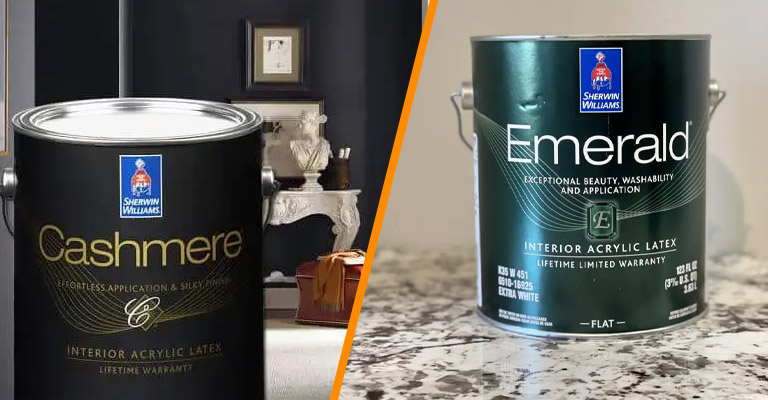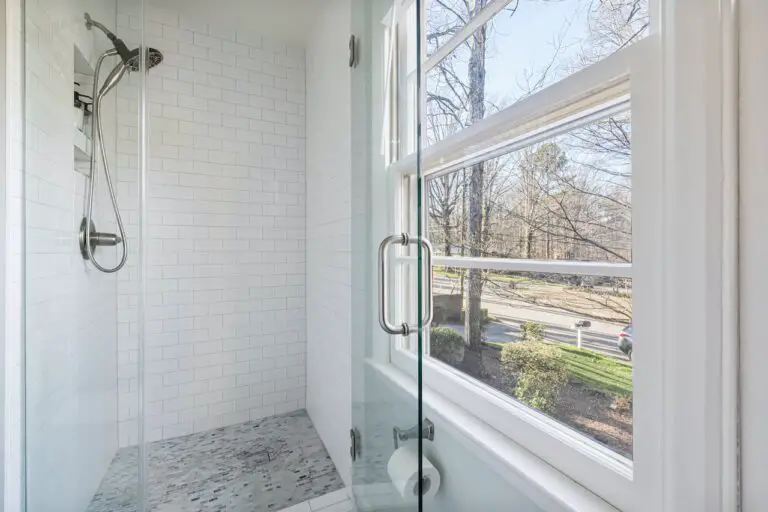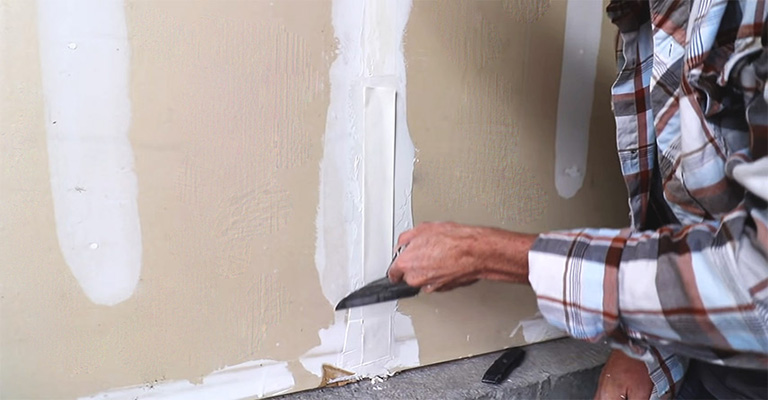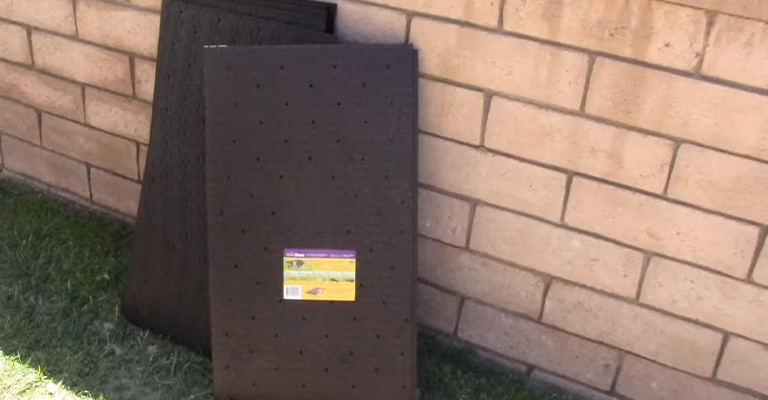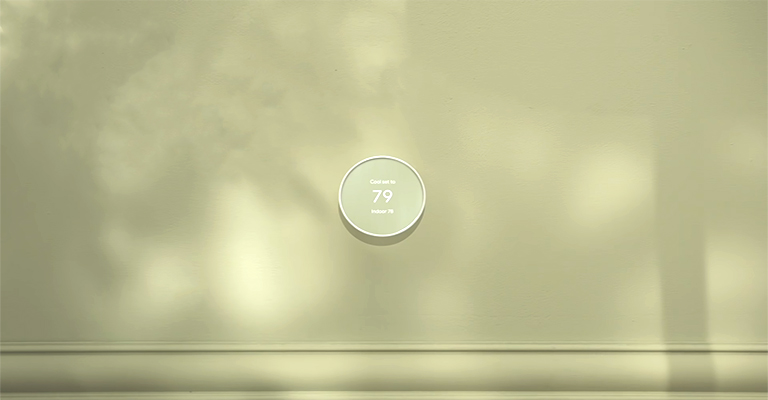Why Does a Gas Pipe Need to Be Sleeved Through a Wall?
“Not to current standards” is probably the phrase you will hear if you call a licensed gas technician to examine a pipe not sleeved through a wall.
When did this become the current standard? And why do we sleeve Gas pipes through walls?
We examine all requirements, safety recommendations, and general reasons why passing a pipe without sleeving is not best practice in many cities and even against the law in certain areas.
Let’s dive right in.
Why Are Pipes Sleeved Through Walls?
Gas pipes are sleeved through walls for several reasons, the foremost one is to avoid gas leakages from filling the cavity in the walls and causing accidents.
If you live in a home built in the 1990s, you will have probably realized that your gas pipes were not sleeved through walls when it was built. This is because sleeving is a relatively new regulation.
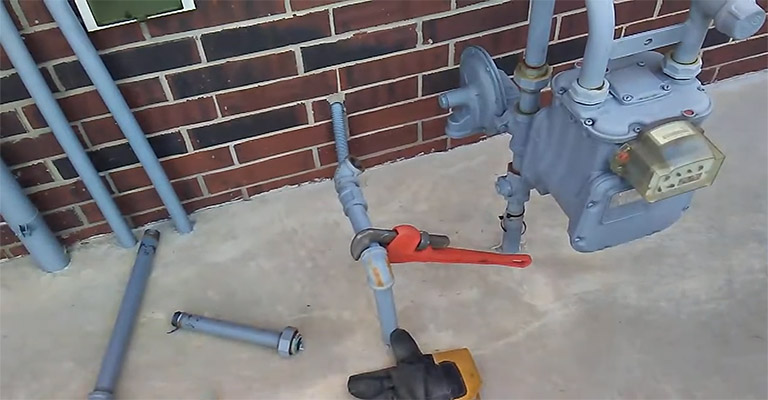
Now, however, if you intend to pass a gas pipe through a wall or foundation you need to build a sleeve into the wall. In other words, older piping is not to current standards and should be updated if possible.
Gas Pipes are sleeved for three main reasons.
- To prevent damages to the pipe when masonry and building structures shift or creep over time.
- To reduce the possibility of gas leakages into the unsleeved cavities
- To reduce corrosion of gas pipe in contact with concrete which contains salts and may cause corrosion over time. concrete also absorbs moisture which corrodes the gas pipe.
Ultimately, pipe sleeves increase safety. The gas that runs through pipes is highly combustible and can become compromised by the slightest structural damage.
Benefits Of Sleeving a Gas Pipe
While in some states it is not necessary to sleeve a gas pipe, it is normally advised to do so. Sleeving gas pipes extends the overall lifespan of the pipe.
Over time the sleeve also absorbs any expansion or vibration from the pipe which may be transmitted to your wall. It also reduces the risk of gas accidents.
Sleeving gas pipes through walls also makes it pretty easy to remove the gas pipe, change it, or update where necessary.
If your gas pipe was buried in concrete or sealed in a cavity, you will spend more in labor costs to remove the pipe. But when a pipe is sleeved at the right angle, you can easily pull your gas pipe through without incurring any labor cost from breaking concrete or tearing through walls.
What Should a Gas Pipe Be Sleeved With?
The most common type of pipes used for sleeving is Galvanized steel pipes, copper and brass pipes.
The proper size to use for sleeving is double the size of the main gas pipe. Use copper sleeves for copper pipes, brass sleeves for brass pipes, and corrugated steel sleeves for corrugated gas pipes.
Do not use plastic pipes to sleeve gas pipes and do not use iron pipes to sleeve copper pipes (This will lead to oxidation of the copper pipe over time).
When Should a Pipe Be Sleeved?
Pipe sleeving should be used whenever you are passing pipes through walls externally, internally, or passing pipes underground.
It is perfectly safe to run pipes without sleeves outdoors. The sleeves should pass through the full width of the wall or the full thickness of the surface where the gas pipe is buried.
How To Sleeve a Gas Line?
Sleeves are usually installed before the gas line is passed.
The pipe sleeves should be of suitable material and should be two times bigger than the gas pipe. And the ends of the sleeves should be sealed with a flexible material.
The installation should take no longer than ten minutes after access holes have been created.
How Much Does It Cost to Sleeve a Gas Pipe?
The cost of a pipe sleeve depends on the type of pipe sleeve you want to install and the kind of material you wish to use. Pipe sleeves are of two types, single pipe sleeves for sleeving gas, water, and oil pipes. And Double pipe sleeves for radiator circuits.
The national average ranges from $3 to $15 per foot. This price also depends on the retailer and the location the sleeve is purchased from.
A Gas Technician will charge anywhere from $50 upwards for labor costs. Our advice is to receive several quotes from different gas fitters to get the best price estimate. although do not constrain your choice to price alone.
Importance of Gas Pipe Sleeving for Safety
When it comes to ensuring the safety and longevity of your gas piping, using a protective pipe sleeve is essential. A gas fitter will typically sleeve gas pipes through an exterior wall to prevent damage and corrosion. The sleeve, often a plastic pipe, provides a barrier between the gas piping and any harsh elements.
This method also helps maintain the integrity of internal walls by covering the annular space, reducing potential leaks or wear. Incorporating a new pipe with proper sleeving during gas works can significantly enhance the overall safety and functionality of the installation.
FAQs
What is Sleeve in Piping?
Sleeve in piping refers to a similar pipe to the main pipe that is worn over the main pipe to prevent damages from corrosion and undue pressure. A pipe sleeve is usually twice the size of the main pipe and is made to provide free movement.
How Deep Underground Should a Gas Pipe Be?
An underground gas main pipe should be 750 mm below the surface for a road and 600 below the surface for a footpath or walkway. On the other hand, A gas service pipe should be buried underground at a depth of 450mm.
Can I Use a Pipe Sleeve to Repair a Leak?
Pipe sleeves are used to protect gas, water, and oil pipes through a wall and are also used to repair pipe leakages. A pipe sleeve can be worn over a leaking pipe and welded shut on both ends to temporarily repair a pipe in an emergency.
A pipe should also be sleeved when passed through a wall or buried underground. Also, if you don’t know, you can repair a cracked PVC pipe without replacing it.
In Closing
Now that you know why sleeving Gas pipes through walls is important, should you do it? Yes, by all means. It’s not a fancy decision but it will keep you safe. Always prioritize safety above all else.
Hire a licensed Gas Technician to do professional work and guide you through the process. Your piping will once again meet current standards and your safety standards.

